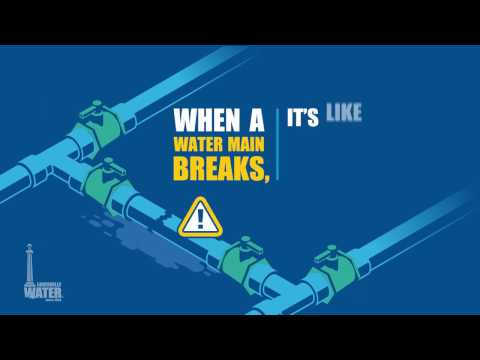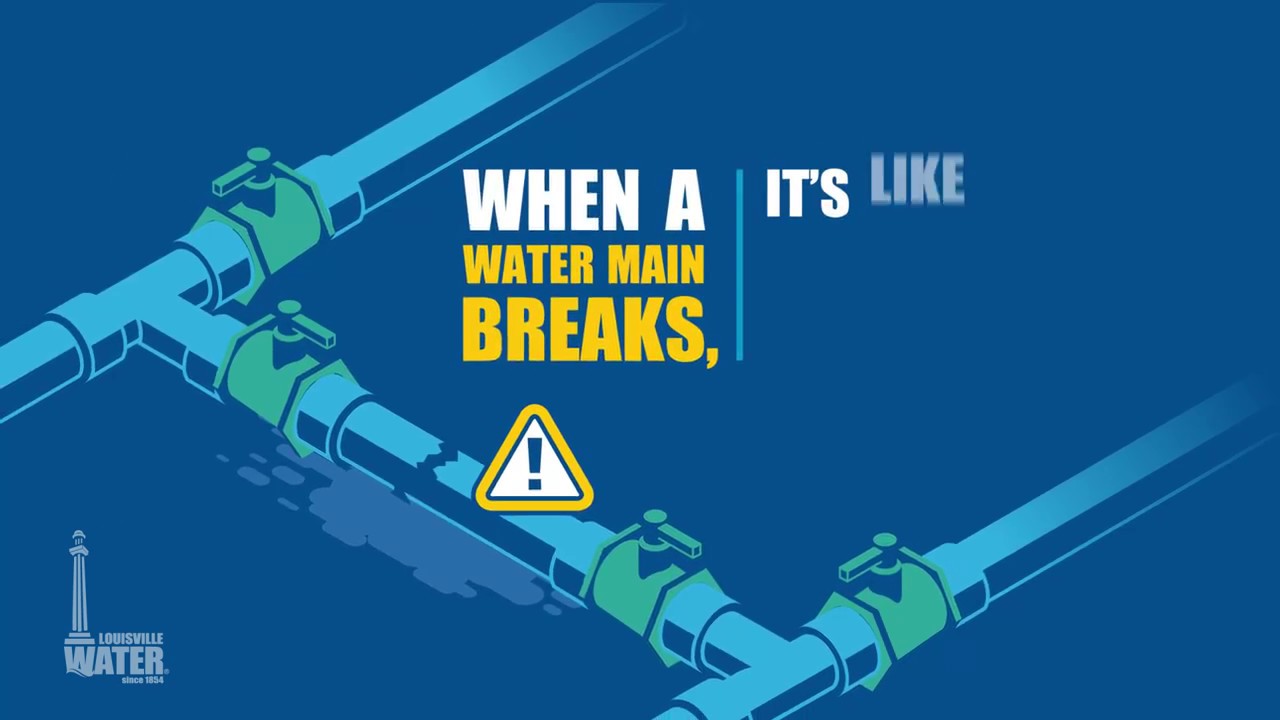Discover the Essential Steps to Take After a Water Main Break is Resolved Has your neighborhood recently experienced a disruptive water main break? Now that the issue is finally resolved, it’s crucial to know what steps to take next to ensure a smooth transition back to normalcy. In this comprehensive guide, we delve into the essential actions you need to consider immediately, efficiently, and effectively after a water main break is fixed. First and foremost, it is vital to assess the impact of the water main break on your property. Check for any visible signs of damage, such as cracks in the foundation, waterlogged areas, or compromised pipes. By addressing these issues promptly, you can prevent further complications and minimize potential repair costs. Next, it’s important to thoroughly clean and disinfect your water supply system. Flush all faucets and pipes to remove any trapped air or sediment that might have accumulated during the water main break. By following proper disinfection protocols, you can ensure that your water is safe and free from contaminants. Additionally, contacting your insurance company should be a priority to report any damages caused by the water main break. They can guide you through the claims process, ensuring that you receive the necessary assistance to restore your property to its pre-break condition. Lastly, don’t forget to communicate with your neighbors and community about the situation. Sharing information, experiences, and support can foster a sense of unity and resilience during these challenging times. With our expert guidance, you will be empowered to handle the aftermath of a water main break confidently, efficiently, and without delay. Take the necessary steps today to restore your property and regain peace of mind.

Post Water Main Break Remediation Steps
| Step | Description |
|---|---|
| 1 | Conduct a visual inspection of the repaired water main to ensure its integrity. |
| 2 | Perform water quality testing at multiple locations within the affected area to assess its safety for consumption. |
| 3 | Flush the water distribution system thoroughly to remove any sediment or contaminants that may have entered during the break. |
| 4 | Notify residents and businesses in the affected area about the completion of repairs and provide detailed instructions on necessary steps to restore normal water usage. |
| 5 | Advise residents to run cold water faucets for at least five minutes to further flush internal plumbing systems. |
| 6 | Recommend checking and cleaning faucet aerators, showerheads, and any filtering devices to ensure they are free from debris. |
| 7 | Monitor water quality parameters closely for several days after the repairs to ensure continued safety and reliability. |
| 8 | Provide a helpline or customer service contact to address any concerns or questions from affected individuals. |
Preserving Water Supply: Navigating Water Main Breaks
What to Do After a Water Main Break is Fixed
A water main break can cause significant disruptions and inconvenience. From water damage to potential contamination, it is essential to take the right steps once the water main break is fixed to ensure safety and restore normalcy to your daily life. Here are five important actions to take:
1. Assess the Damage
Once the water main break is fixed, it is crucial to assess the extent of the damage caused. Check your property for any visible signs of water damage, such as wet carpets, damp walls, or standing water. It is also important to inspect the surrounding areas, including your yard and driveway, for any structural damage. Document the damage with photographs or videos, as it may be useful for insurance claims.
If you notice any major damage or suspect potential structural issues, it is recommended to contact a professional plumber or a water damage restoration company to evaluate the situation and provide guidance on necessary repairs.
2. Check for Contamination
Water main breaks can sometimes lead to water contamination, especially if the break occurs near sewage lines or industrial areas. After the water main is fixed, it is essential to check the quality of your tap water to ensure it is safe for consumption.
Start by running all faucets in your home for a few minutes to flush out any stagnant water. Then, fill a clean glass with cold water and observe its appearance and odor. If the water appears cloudy, has a strange smell, or tastes unusual, it may indicate contamination. In such cases, it is advisable to contact your local water utility company for further instructions or to have your water tested.
3. Clean and Dry
Water main breaks often result in water damage to your property. To prevent further issues such as mold growth and structural damage, it is crucial to clean and dry the affected areas properly.
Start by removing any standing water using buckets, mops, or a wet-dry vacuum. Open windows and doors to promote air circulation and use fans and dehumidifiers to speed up the drying process. If there is excessive moisture or water damage to walls, ceilings, or flooring, it is recommended to consult a professional water damage restoration company to ensure thorough drying and prevent potential complications.
4. Notify Relevant Parties
After a water main break, it is essential to notify relevant parties about the incident and any damages you have incurred. Contact your insurance company to report the incident and initiate the claims process. Provide them with all the necessary documentation, including photographs or videos of the damage.
If the water main break affected other properties or public areas, such as roads or sidewalks, it is recommended to inform the local authorities or your municipality. They may need to assess the situation, conduct repairs, or take necessary precautions to prevent further incidents.
5. Prevent Future Breaks
While you cannot always prevent water main breaks, there are steps you can take to reduce the risk and minimize potential damage.
First, be mindful of what you flush down your drains and toilets. Avoid disposing of items that can clog the pipes or cause damage, such as grease, wipes, or feminine hygiene products. Additionally, regular maintenance of your plumbing system, including checking for leaks and addressing them promptly, can help prevent future issues.
Consider installing a water leak detection system, which can alert you to potential leaks or pipe bursts, allowing for immediate action. These systems can help mitigate damage and reduce repair costs.
In conclusion, after a water main break is fixed, it is crucial to assess the damage, check for contamination, clean and dry the affected areas, notify relevant parties, and take steps to prevent future breaks. By following these actions, you can ensure the safety of your property, prevent further damage, and restore normalcy to your daily life.

